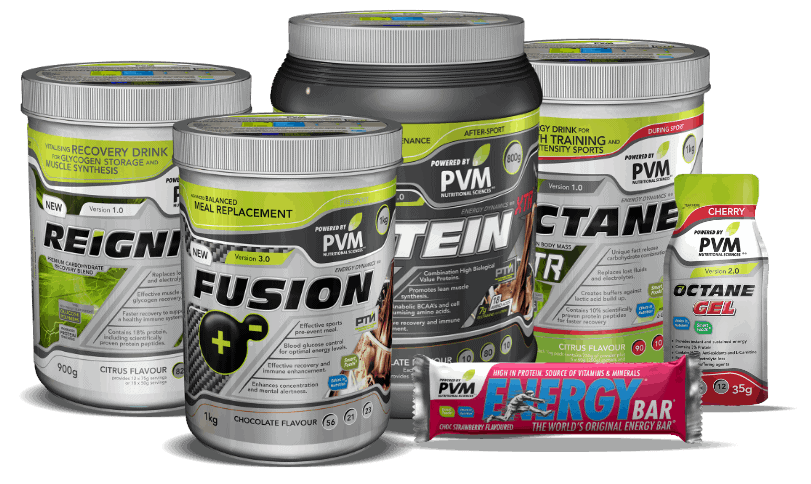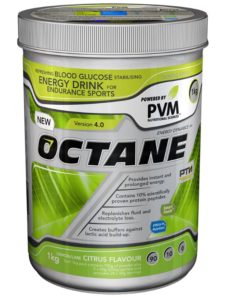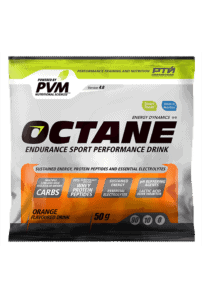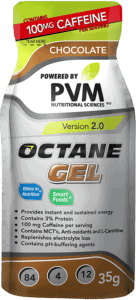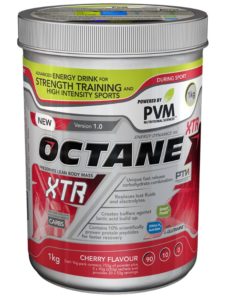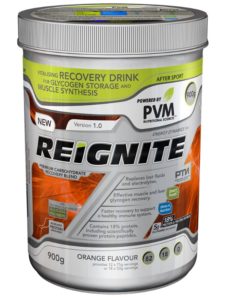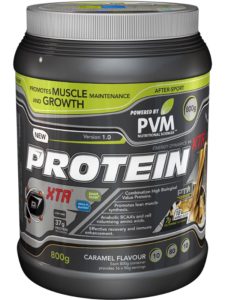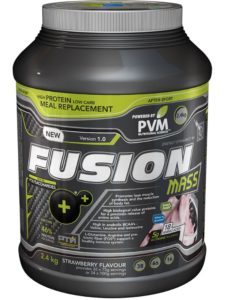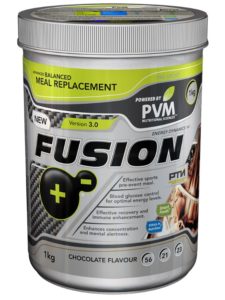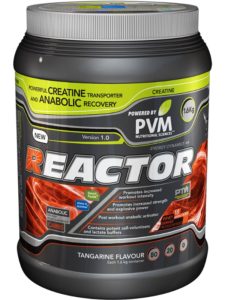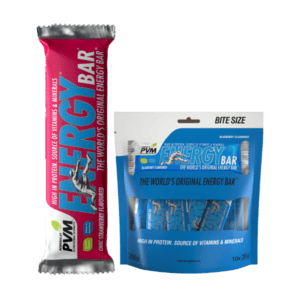The Basics: Nutrient breakdown systems to yield ATP
Exercise and training are important to improve general health and athletic performance. Professional athletes understand that they have to be fit for purpose, therefore they have to engage in specific and deliberate training during preparation for competition.
Changes occur in the human body in response to specific training strategies, allowing athletes to become bigger, faster stronger, fitter etc. These changes are collectively referred to as adaptations.
Adaptations can either be functional and/or structural in nature. The adaptations that are of primary importance relates to changes in the:
- Musculoskeletal and connective tissue system
- Metabolism
- Nervous system
- Cardiovascular system
- Respiratory system
- Immune system
- Endocrine system
Life depends on energy. In the human body the energy metabolism refers to the breakdown of the macronutrients (carbohydrates, fats and proteins) to yield the common metabolic “chemical energy” molecule ATP (adenosine triphosphate). ATP enables us to perform work and therefore provides the energy to exercise and train.
ATP cannot be stored in meaningful quantities and is produced when needed via various metabolic pathways. An understanding of the various metabolic pathways that breakdown carbohydrates, fats and protein to produce ATP is very important. Training and nutrition are important factors that influence the metabolism in the human body and play crucial roles in the adaptations that take place.
As shown in Figure 1, there are two systems that function to produce ATP at all times, namely, the anaerobic and aerobic system. The anaerobic system is termed glycolysis and the aerobic system is termed the Citric acid/ Krebs cycle/ Tricarboxylic acid cycle. It is important to understand that the two systems are functional at all times.
Carbohydrates can be utilised in the anaerobic and aerobic fashion whereas fat and relatively small amounts of protein can be utilised in an aerobic fashion only. Carbohydrates and fat are transformed to Acetyl-CoA prior to entry in the aerobic Citric acid cycle. When the Acetyl-CoA originates from fat, we refer to the aerobic lipolytic system. When Acetyl-CoA originates from carbohydrates, we refer to the aerobic glycolytic system.
The aerobic lipolytic system is mostly operational at heart rates lower than 130 bpm (or 79% of HRMax) and the aerobic glycolytic system at heart rates between 130 -165 bpm (or 79 %-91 % HRMax). During high-intensity exercise i.e. heart rates between 185-200 bpm (or 91 %-100 % HRMax) fuel is mainly obtained in an anaerobic (glycolysis) fashion. In this instance, some of the pyruvate (end product of glycolysis) is not only converted to Acetyl-CoA but also to lactic acid (shown in figure 1).
Anaerobic glycolysis produces energy (2 ATP/mol glucose) rapidly at high intensities and due to the conversion of pyruvate to lactate, lactate accumulates (lactic acid system). However, lactate can be recycled (via gluconeogenesis) in the liver as a carbohydrate fuel source for the brain, heart and muscles during physical activity.
The rate at which ATP can be produced per time period via anaerobic glycolysis far exceeds the rate at which ATP can be produced via the aerobic system – up to 3 times as much ATP can be produced in a given time period lasting 7 seconds – 1 min. High-intensity exercise would not be possible without the anaerobic system, fuelled by glucose (carbohydrates).
On the other hand, the aerobic system produces energy more efficiently at 32 ATP/mol glucose. Fat as an energy source produces 106 ATP/mol palmitate at roughly a 68 % efficiency (± 32 % lost as heat). Endurance exercise not be possible without the aerobic system, fuelled by fats and glucose (carbohydrates).
.Apart from the breakdown of macronutrients (carbohydrates and fat) to ATP, ATP is also produced via the Phosphagen System (ATP-PCr). The ATP the system produces is limited and is only used for short durations < 10 seconds.
FUEL SOURCES AND STORAGE: SOME INTERESTING FACTS
- The brain needs carbohydrates as energy source (90 ± 5 %). during rest the preferred source is glucose and the brain will use lactate as an energy source when it is available under high-intensity conditions.
- The heart muscle uses fat (saturated) as an energy source (90 ± 5 %) under resting conditions and the heart will use lactate as an energy source when it is available under high-intensity conditions.
- Only a limited amount of carbohydrates (± 500 – 550 g) can be stored as glycogen in the muscles, liver and blood.
- Exogenous carbohydrate intake during exercise can only be oxidised at a maximum rate of 0.5-1.0 g/min for the average individual and up to 1.7 g/min in elite athletes
- Fat can be stored in adipose tissue and in the muscles as muscle triglycerides. Fat is more energy-dense compared to glycogen.
- A limited amount of phosphocreatine (phosphagen system) can be stored in the muscles – roughly 120 g for the average person.
- The body does not store protein that is readily available to produce energy (ATP).
- All the exact mechanisms causing fatigue are not fully understood. As a rule, humans are capable of a lot more than they perceive, however beyond perception real physical limitations exist.
- Why is ATP is not stored in the human body instead of synthesized from carbohydrates and fats? Wouldn’t it be easier to store ATP? No, ATP is an extremely unstable molecule with a very high molecular weight compared to glucose. For e.g. an athlete weighing 70 kg requires approximately 21 000 kJ (5022 kcal) of energy to complete the Comrades marathon (90 km). If the energy was supplied via stored ATP the athlete would have to store roughly 360 kg thereof to complete the Comrades!
Click here to read Part 2.
